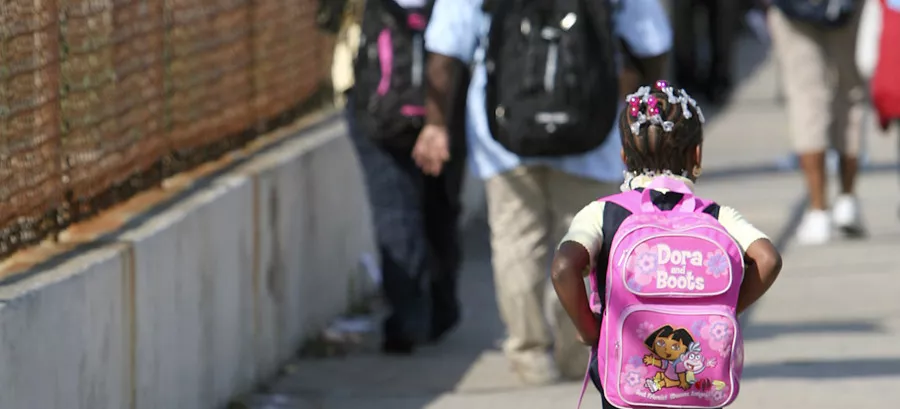 A 2015 study by the Southern Education Foundation revealed that 50% of all public school students in the United States were from low-income families, a startling wake-up call for anyone inclined to ignore or downplay the effect of poverty on student achievement. Research has consistently shown that, when compared with their more affluent peers, students who grow up in poverty tend to fall behind early in key aspects of learning and then face tremendous difficulty catching up. In the national education debate - dominated by issues such as standardized testing, "school choice" and narrow accountability measures - poverty and equity has aways struggled for a place at a the table. A shift seems underway and many experts believe the recently-approved Every Student Succeeds Act opens up new opportunities for districts to address poverty.
A 2015 study by the Southern Education Foundation revealed that 50% of all public school students in the United States were from low-income families, a startling wake-up call for anyone inclined to ignore or downplay the effect of poverty on student achievement. Research has consistently shown that, when compared with their more affluent peers, students who grow up in poverty tend to fall behind early in key aspects of learning and then face tremendous difficulty catching up. In the national education debate - dominated by issues such as standardized testing, "school choice" and narrow accountability measures - poverty and equity has aways struggled for a place at a the table. A shift seems underway and many experts believe the recently-approved Every Student Succeeds Act opens up new opportunities for districts to address poverty.
But its roots are deep and far-reaching, and, as a new analysis by the National Equity Atlas spotlights, poverty has trapped disproportionate numbers of students of color. The National Equity Atlas is an online data resource launched in 2014 that tracks key socioeconomic indicators. Here are a few of the topline findings of its school poverty analysis.
More Students in High-Poverty Schools
Since 2010, the percentage of students attending high-poverty schools, defined as schools with at least 75% of its student population eligible for free or reduced-price lunch (FRPL), has increased for all groups. In 2014, almost 43% of students of color were in high-poverty schools, compared to 7.6 % of their white peers.
Racial Isolation Increasing
Almost half of all Black and Latino public school students attend high-poverty schools and roughly 30% attend schools categorized as "mid-high" poverty (50-75% FRPL). While a greater percentage of Asian students are enrolled in high-poverty schools than their White counterparts, a larger percentage attend low-poverty schools (less than 25% FRPL).
School Poverty State-By-State
Mississippi leads the nation with the highest rate for all students and students of color (47% and 67% respectively). Only 1.5% of New Hampshire's students attend high-poverty schools, but that number increases to 7% for students of color. Hialeah, FL, and San Bernardino, CA, top U.S. cities, where a staggering 88% of students attend high-poverty schools.
National Equity Atlas: School Poverty
How the Every Student Succeeds Act Helps Ensure Resource Equity and Student Opportunity
Photo: Associated Press/Mark Stehle





